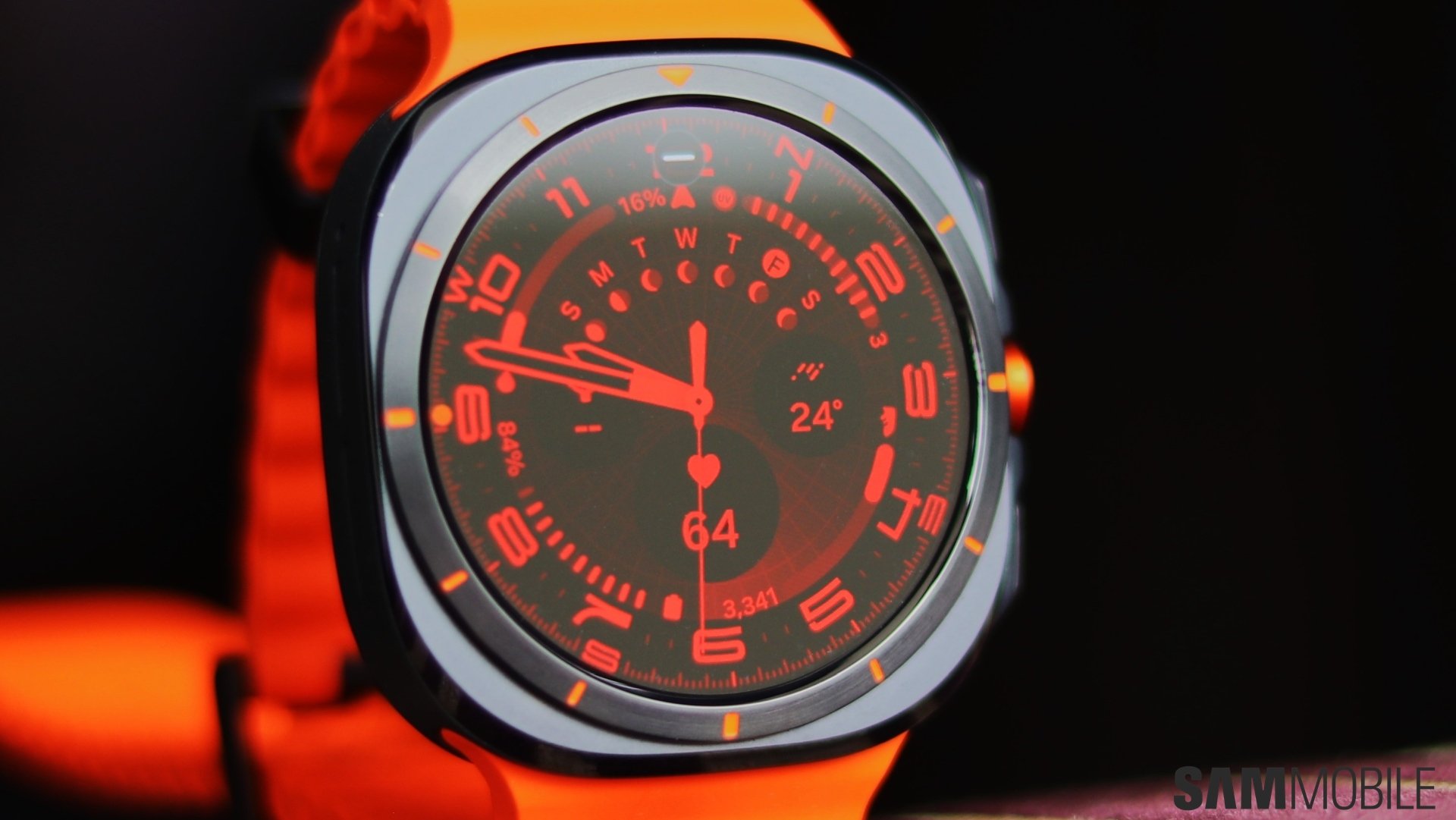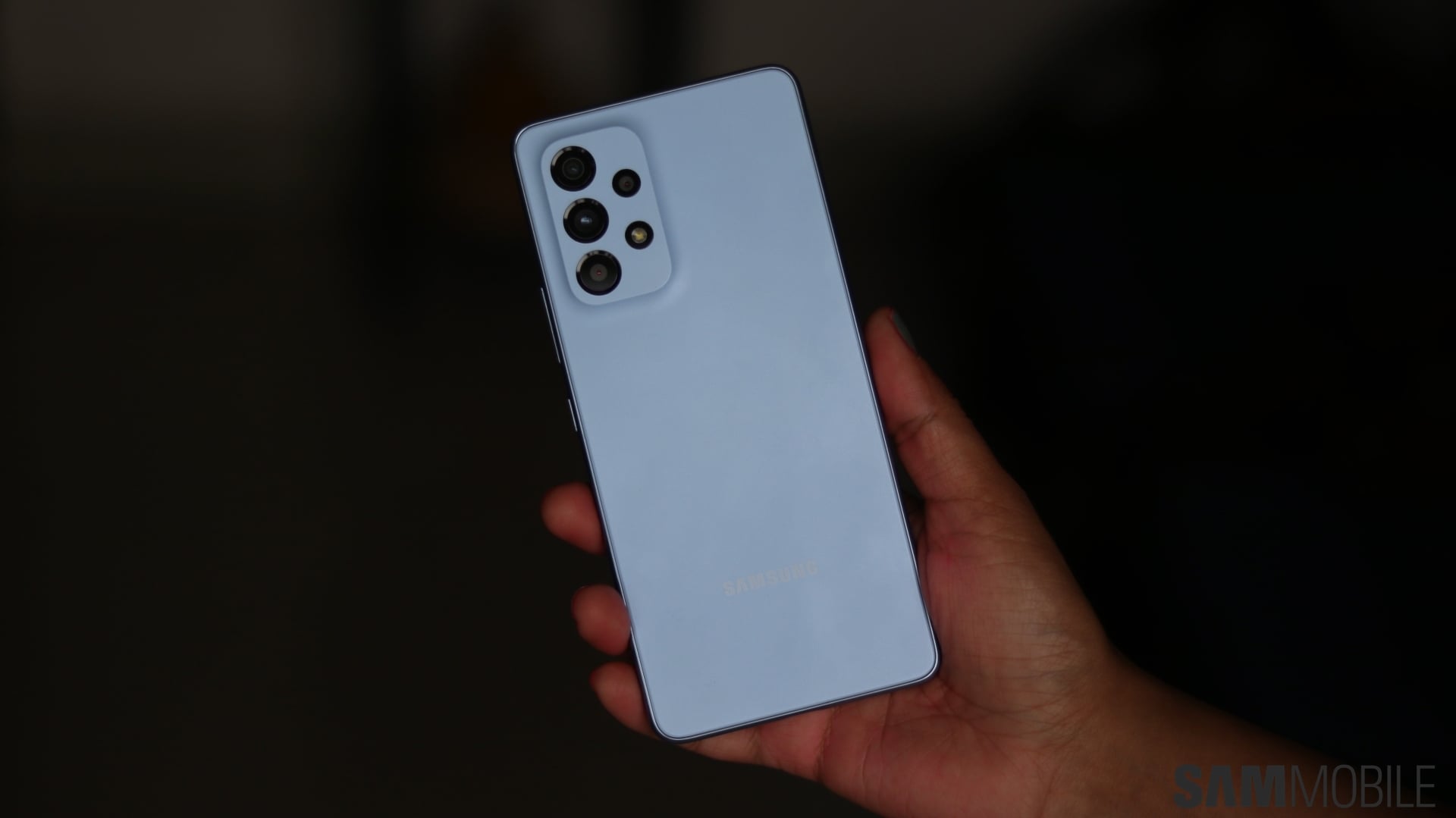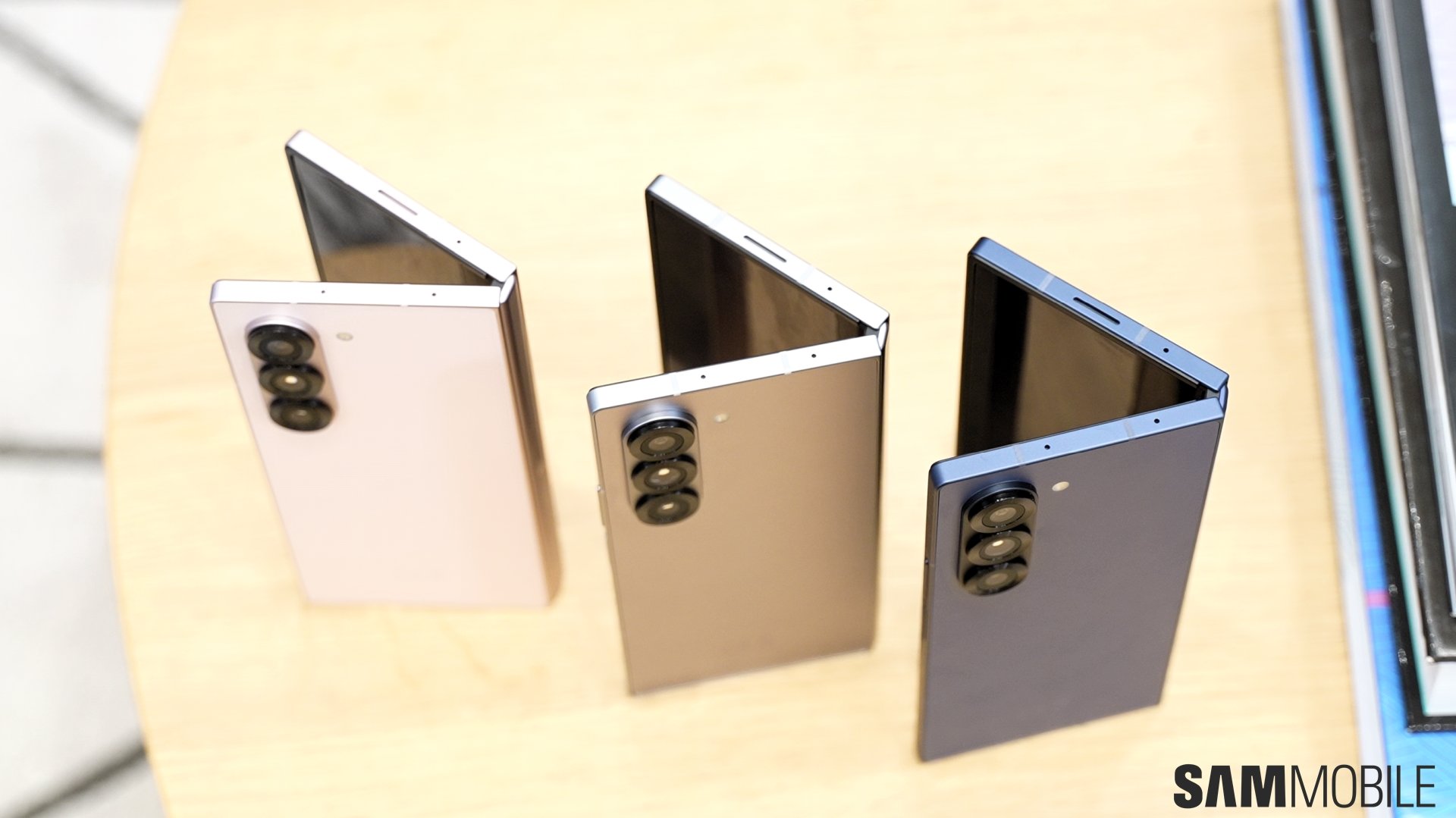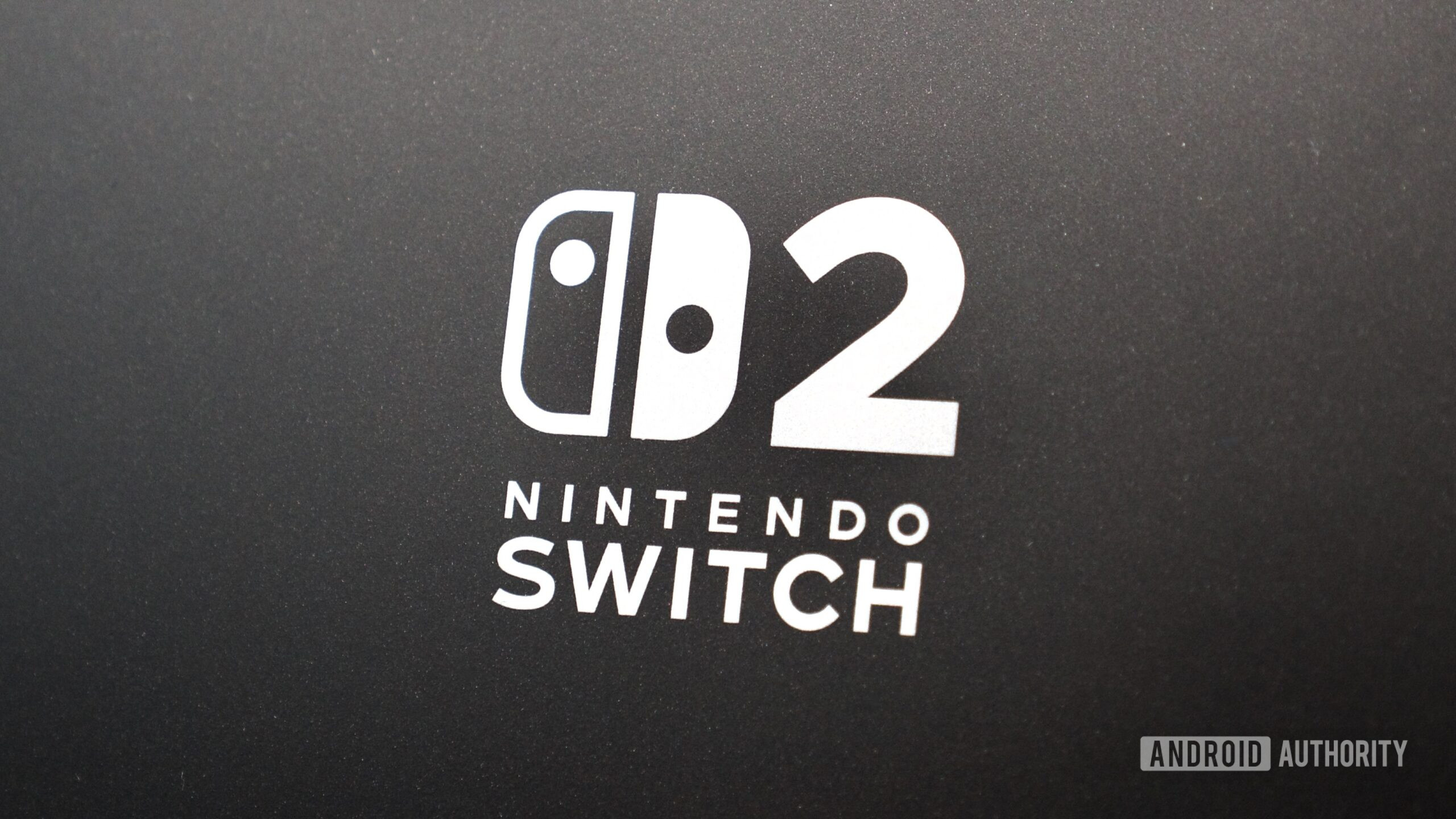5 things holding Samsung foldables back from replacing rigid phones

Before Samsung birthed the foldable phone segment six years ago, the hype was real. Many industry enthusiasts were excited, and some believed that foldable phones would evolve and replace rigid devices in half a decade at most. As we all know, that hasn't happened.
Of course, more than six years ago, most people weren't aware of the technical details and limitations future foldable phones would face. But after six Galaxy Z generations, we have a clearer understanding of the tech's advantages and limitations. And the way I see it, five things hold Samsung foldable phones back from replacing rigid mobile devices.
Reason #1: Fewer or poorer cameras
Slab-type Galaxy phones remain the superior choice for mobile photography enthusiasts, even after six years. The Galaxy S Ultra series has bonkers zoom capabilities and higher-resolution cameras than Galaxy Z Folds. And Galaxy S Plus phones have better cameras and one extra unit compared to Galaxy Z Flips.
Foldable phones have their own unique qualities in this regard. A rigid phone can never have Flex Mode, and the Galaxy Z Fold has been the only phone to employ the more experimental Under Display Camera technology (although it may be abandoned this year).
However, despite foldable phones having their advantages and neat tricks up their sleeves, they still lose to Galaxy S phones in terms of pure camera quality.
Reason #2: Smaller and slower batteries
Because foldable phones have a hinge and need to be relatively thin (when unfolded), sacrifices in terms of battery capacity had to be made.
For example, while the Galaxy S25 Ultra has a 5,000mAh battery with 45W charging, the Galaxy Z Fold 6 features a smaller 4,400 dual battery setup with 25W charging.
And where the Galaxy S25+ boasts a 4,900mAh unit with 45W charging, the Galaxy Z Flip 6 is equipped with a 4,000mAh dual battery that also tops out at 25W.
Unless Samsung develops and adopts a new battery technology, I feel like foldable phones will always be a step behind rigid phones in terms of battery capacities. Even then, rigid phones will retain their lead as long as they employ the same new battery tech.
Reason #3: Higher fragility
Samsung has done amazing things to improve the durability of foldable phones over the past six years. Galaxy Z devices even have a respectable degree of dust and water resistance now.
However, manufacturing processes and materials have also improved for rigid Galaxy phones, and Galaxy S devices have become surprisingly durable, more so than any foldable phone on the market.
The truth of the matter is that the relative fragility of foldable phones still keeps them in a narrower niche. They're mostly fit for a smaller selection of customer types, such as office workers and cutting-edge tech enthusiasts.
Despite yearly improvements, foldable phones simply don't last as long as regular Galaxy phones on average. Furthermore, they're unfit for some environments. They may have a decent IP rating, but you wouldn't want to use a Galaxy foldable device in a dusty environment every day. Foldable phones have become resilient enough for a visit to the beach, but using them consistently on a construction site will likely spell trouble and a hefty repair bill.
Now, there's nothing wrong with niche devices per se, but that's exactly my point. Galaxy Z foldable phones are still relatively niche, and even though they are better now than ever, their fragility is one of the main aspects preventing them from replacing regular Galaxy phones.
Reason #4: A few missing features
This is a bit of a mixed bag. On the one hand, foldable Galaxy phones have qualities that rigid Galaxy S flagships will never attain. On the other hand, Samsung's foldable phones, particularly Flip phones, are still missing a couple of features you will find on similarly priced or cheaper premium rigid phones.
The two best examples are UWB and Samsung DeX. The Galaxy S25+ has both, but they're missing from the Galaxy Z Flip 6. You can't use the classy Z Flip for UWB-based Wallet features, and you can't use the Z Flip in the desktop environment, wired or wirelessly.
Reason #5: Foldable phones are pricier
The last piece of the puzzle is the cost of Galaxy foldable phones relative to slab devices.
The Galaxy Z Fold 6 is the most expensive Samsung phone sold globally and costs considerably more than the best slab-type device, i.e., the Galaxy S25 Ultra. You can buy the S25 Ultra for $1,299 in the USA, but the Galaxy Z Fold 6 will set you back $1,899.
See the latest Galaxy S25 Ultra summer deals
Likewise, you can grab the Galaxy S25+ with a 6.7-inch display for $999, but if you want a foldable 6.7-inch Flip, you'll have to spend at least $100 extra.
Samsung might address this pricing gap issue, at least to a degree, with the next-gen Galaxy Z7 models and the first Fan Edition Galaxy Z Flip. But for the past six years, pricing has been one of the main barriers. And to achieve a lower price, the Galaxy Z Flip 7 FE will have to sacrifice some things that could make the Galaxy S25+ look like an even better phone.
Conclusion, and looking forward to the Galaxy Z Fold 7 and Flip 7
The way I see it, foldable phones are a niche category rather than a replacement for rigid Galaxy phones, and that's probably not going to change soon.
The next-gen Z Fold 7 and Z Flip 7 could address or minimize some of the deficiencies I detailed above. But at the end of the day, the inherent design of foldable devices comes with some drawbacks that may be impossible to overcome.
Now, whether or not those drawbacks are worth it for the advantages foldable Galaxy phones bring is another matter. Some people who have switched to foldable Galaxy devices swear by them and say they'll never go back to rigid phones. However, that's not what the majority thinks, and until that changes, I think that rigid Galaxy phones will always remain the better choice for many people.
Reserve your Galaxy Z Fold 7 or Flip 7 for exclusive bonuses
The post 5 things holding Samsung foldables back from replacing rigid phones appeared first on SamMobile.










